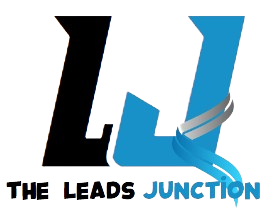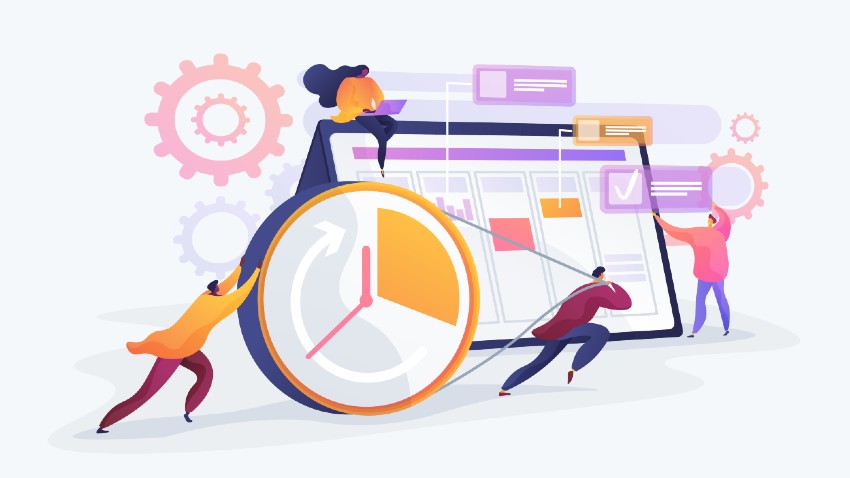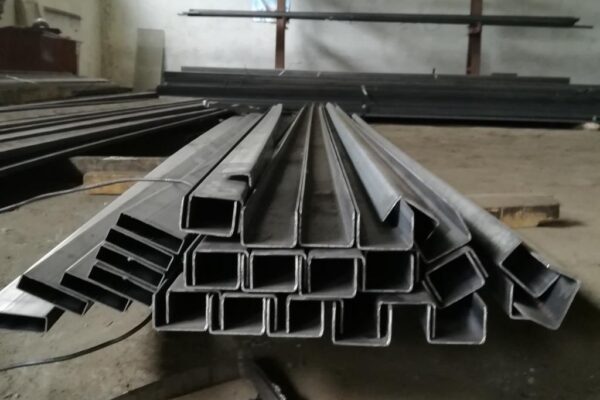Efficient workflow is the backbone of any successful organization. When teams work seamlessly together, tasks are completed more quickly, projects are delivered on time, and overall productivity soars. However, achieving optimal workflow isn’t always easy. It requires careful planning, effective communication, and continuous improvement. In this article, we’ll explore strategies for optimizing workflow and enhancing team efficiency.
Streamline Processes:
The first step in optimizing workflow is to streamline processes to eliminate unnecessary steps and inefficiencies. Conduct a thorough review of existing workflows to identify bottlenecks, redundancies, and areas for improvement. Look for tasks that can be automated or streamlined using technology or process improvements. Simplify complex procedures, standardize workflows, and establish clear guidelines and protocols to guide team members through their tasks more efficiently. By streamlining processes, you can reduce waste, minimize errors, and improve overall productivity.
Leverage Technology:

Technology plays a pivotal role in optimizing workflow and improving team efficiency. Invest in tools and software solutions that automate repetitive tasks, facilitate collaboration, and streamline communication. Project management tools like Asana, Trello, or Monday.com enable teams to organize tasks, set deadlines, and track progress in real-time. Communication platforms like Slack or Microsoft Teams provide a centralized hub for team communication, reducing the need for endless email chains and facilitating quick decision-making. Additionally, workflow automation tools like Zapier or Microsoft Power Automate can automate routine tasks, such as data entry or file management, saving time and reducing manual errors.
Foster Collaboration and Communication:
Effective collaboration and communication are essential for optimizing workflow and fostering team efficiency. Create a culture of open communication where team members feel comfortable sharing ideas, asking questions, and providing feedback. Hold regular team meetings to discuss project updates, address challenges, and align on priorities. Encourage cross-functional collaboration by breaking down silos and fostering interdisciplinary teamwork. Use collaborative tools and platforms to share documents, brainstorm ideas, and coordinate tasks in real-time. By fostering collaboration and communication, you can enhance team cohesion, improve decision-making, and accelerate project delivery.
Set Clear Goals and Expectations:
Clear goals and expectations provide direction and focus for team members, enabling them to prioritize tasks and allocate resources effectively. Clearly define project objectives, deliverables, and timelines upfront, and communicate them to all team members. Break down larger goals into smaller, actionable tasks with specific deadlines and milestones. Empower team members to take ownership of their tasks and make informed decisions to achieve project goals. Regularly revisit and reassess goals and expectations as projects evolve to ensure alignment and adjust course as needed. By setting clear goals and expectations, you can minimize ambiguity, reduce conflicts, and improve overall team performance.
Provide Training and Development Opportunities:
Investing in the professional development of your team members is essential for optimizing workflow and improving team efficiency. Provide training and development opportunities to help team members acquire new skills, enhance their capabilities, and stay abreast of industry trends and best practices. Offer workshops, seminars, and online courses on topics relevant to their roles and responsibilities. Encourage cross-training and knowledge sharing to foster a culture of continuous learning and skill development. By investing in your team’s growth and development, you not only improve their performance but also increase their job satisfaction and loyalty to the organization.
Implement Performance Metrics and Feedback Mechanisms:

Performance metrics and feedback mechanisms are critical for monitoring progress, identifying areas for improvement, and recognizing achievements. Establish key performance indicators (KPIs) and metrics to measure team performance, such as project completion time, task completion rate, and client satisfaction scores. Regularly track and analyze performance data to identify trends, patterns, and areas for optimization. Provide constructive feedback and coaching to team members based on performance metrics, highlighting areas of strength and opportunities for growth. Celebrate successes and milestones to boost morale and motivation. By implementing performance metrics and feedback mechanisms, you can drive accountability, foster continuous improvement, and optimize team efficiency.
In conclusion, optimizing workflow and improving team efficiency requires a multifaceted approach that encompasses process streamlining, technology adoption, collaboration, goal setting, training, and feedback. By streamlining processes, leveraging technology, fostering collaboration and communication, setting clear goals and expectations, providing training and development opportunities, and implementing performance metrics and feedback mechanisms, you can create a culture of efficiency and productivity within your organization. Remember that optimizing workflow is an ongoing journey that requires commitment, adaptation, and continuous improvement. By prioritizing efficiency and effectiveness, you can drive business success and achieve your organizational goals.





